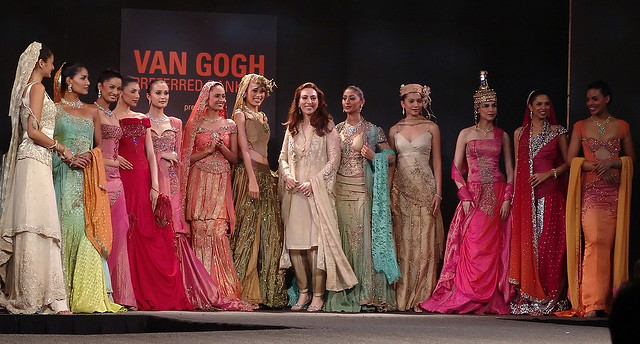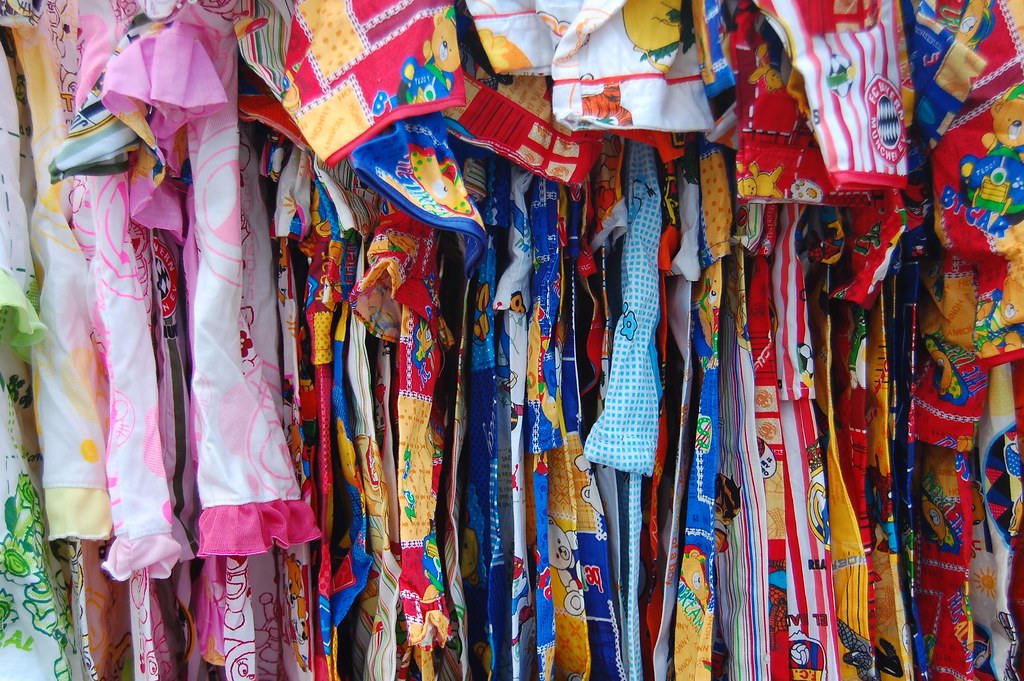In her book Fresh Lipstick: Redressing Fashion and Feminism, Linda Scott writes “the ability to control what is fashionable is the power women wield over each other”. In this sense, a fashion week, with designers, buyers, watchers, tweeters, bloggers, models, photographers and telecasters, promotes a certain notion of women’s place in society. In Pakistani culture, this place has always focused on women as beautified objects, and in this sense the elevation of fashion, the industry surrounding it, pushes a notion and an idea that most are comfortable with and identify with without much discomfort.
To keep things interesting, proportions of revealed and obscured female flesh, the fractions of titillation that may or may not be permitted, are seen to satisfy the banal requirements of gossip and the story’s newsworthiness. In nearly all iterations of fashion week, the avant-garde is equated with this mediocre calculation between the revealing and the modest, a stunted debate that reflects the constrictions in which it exists.
It need not be this way. There is and can be both a philosophical and a feminist underpinning to fashion. As the theorist Walter Benjamin described it, fashion can be revolutionary in its potential to analogise society, to show which parts of our past live in the present, and what of the future can be constructed by their amalgamation.
In Benjamin’s view, fashion represents the potential of the past to live forever, to be resurrected in the present in new ways that visibly represent how it is interpreted in a different age. Including his words in the debate is useful as a reminder that fashion can be frivolous but it does not have to be so; it is an imposed limitation and not an inherent one.
Read more.
Photo Credit




